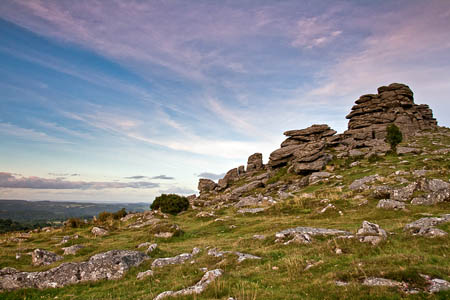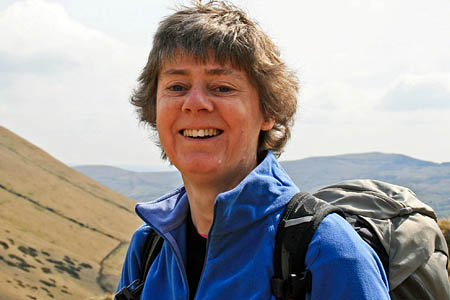A leading outdoor campaigner has praised a pioneering organisation which led the way on opening up the countryside to walkers and riders.
Open Spaces Society general secretary Kate Ashbrook said the Dartmoor Commoners’ Council, which has just celebrated its silver jubilee, has shown how recreational users can work with others for the common good.
The council was set up following implementation of the Dartmoor Commons Act 1985 which, uniquely, also gave the public the right to walk and ride over all the Dartmoor commons 20 years before the Countryside and Rights of Way Act 2000 conferred the right to walk on common land.
Ms Ashbrook said: “The commoners’ council’s achievements on Dartmoor in the 1980s became a template for commons councils in the Commons Act 2006.
“The Dartmoor Commoners’ Council has shown how graziers, naturalists, recreational users, animal welfare organisations, the Dartmoor National Park Authority and others can work together for the good of Dartmoor.
“We want to see similar management regimes for other commons, which recognise the immense public benefit of common land.
“Dartmoor’s extensive common land plays a crucial role in providing a livelihood for the graziers, a place of natural beauty and quiet recreation for residents and visitors, and a treasure house of archaeological and historic remains. It is vital that it is grazed at the right level, so that everyone can continue to enjoy this unique, inspirational wild landscape.
“Much depends on the Department for the Environment, Food and Rural Affairs and Natural England getting the grazing prescriptions right, to ensure the moor is grazed sufficiently to prevent it becoming smothered with impenetrable gorse and bracken, which is bad for the stock, the wildlife, the archaeology and the public. The commoners’ council and the Dartmoor National Park Authority, with bodies such as the Dartmoor Preservation Association, are lobbying for a new deal for Dartmoor and the South West uplands.
“Many other areas of common land in England and Wales would benefit from having well-run commons councils.
“Unfortunately the Welsh Government has yet to implement part 2 of the Commons Act 2006 which provides for the establishment of commons councils with statutory backing, and it is taking a long time for Defra to set up such councils in England.
‘We congratulate the Dartmoor Commoners’ Council on all it has achieved over the last 25 years and hope it has a long and productive future.”
Common land in England and Wales goes back before medieval times and is land over which others have rights associated with their properties, to graze animals, collect wood or dig peat for instance. There is a public right to walk on all commons and to ride on many. On Dartmoor, the Dartmoor Commons Act 1985 conferred a right to walk and ride.
Fifty-fiver per cent of common land by area in England is designated as sites of special scientific interest and 20 per cent of SSSIs are common land. 38 per cent of open access land is common land and 99 per cent of commons are access land, and 11 per cent of scheduled ancient monuments are on common land.
The Dartmoor Commoners’ Council consists of five commoners, one of whom must be a small grazier from each of the four ‘quarters’ of Dartmoor; two representatives of owners of the commons; two representatives from the Dartmoor National Park Authority; one representative from the Duchy of Cornwall, the major landowner); one vet, and two co-optees.

![[CC-2.0]](/lib/img/layout/cc-attr.gif)

The Piglit
24 August 2011Can we have a Kate Ashbrook free month or something please I am sick to death of hearing from her and about her:)